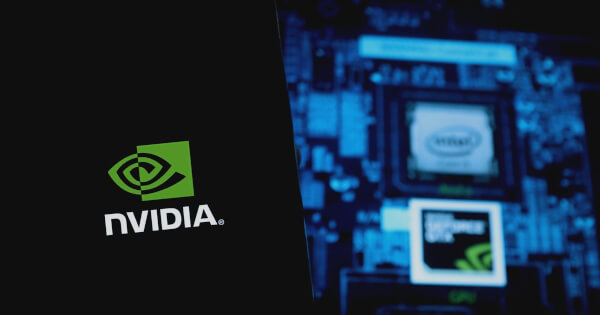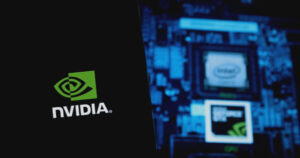Unlocking the Future of Spinal Health: How AI is Revolutionizing Diagnostics
By James Ding | Extreme Investor Network | January 25, 2025
In an age where technology continues to reshape our understanding of health, a groundbreaking deep learning model is making waves in the field of spinal diagnostics. Sports medicine, chiropractic care, and orthopedic practices stand to benefit significantly from this innovative approach to automating X-ray analysis, enhancing both the speed and accuracy of critical assessments.

Reimagining Spinal Diagnostics
Spinal conditions like scoliosis impact millions of individuals across the globe, often leading to chronic pain and diminished mobility. While traditional diagnostic methods, such as manual X-ray measurements, have been effective, they can be painfully slow and prone to human errors. Enter the AI model developed from insights published in Spine Deformity: a powerful tool designed to automate and improve the diagnostic process. This model not only provides greater detail and quicker results but also ensures a consistency that has long eluded healthcare professionals.
Mapping the Spine with Computational Precision
Employing a modified U-Net architecture, the data-driven model processes radiographic images and precisely segments spinal structures. By analyzing key anatomical features—including vertebrae and hip joints—it creates a comprehensive map of spinal curvature and alignment. Trained on 555 meticulously annotated radiographs, the model reached an impressive accuracy rate, showcasing the capabilities of the NVIDIA RTX A6000 GPU which played a crucial role in expediting the training process thanks to support from the NVIDIA Academic Grant Program.
The Future of Care: Empowering Medical Teams
With an 88% reliability score in predicting spinal curvature, this development marks a significant stride toward reliable diagnostics. Not only did the model perform admirably against manual assessments—differing by just 3.3 degrees for pelvic tilt measurements—but it also achieved successful analyses in 61% of cases, with certain scenarios nearing perfect reliability.
Challenges Ahead: Fine-Tuning the Technology
Despite the promising outcomes, the journey is far from over. Challenges remain, particularly regarding artifacts present in X-rays of patients with implants, as well as limitations in image quality due to conditions like obesity. The research team aims to further refine the model by exploring additional AI architectures and expanding their dataset, which will ultimately lead to improved diagnostic accuracy and broader clinical applications.
How Extreme Investor Network Stands Out
At Extreme Investor Network, we believe that advancements in technology—not just within blockchain and cryptocurrency—are critical for a healthier future. We constantly monitor innovations that could redefine industries and enhance quality of life, and this surpasses just financial investment. By remaining informed about revolutionary medical technologies like the one discussed here, our community can engage in discussions not only about economic returns but also the profound impacts these innovations could have on society.
For an in-depth look at how AI is set to redefine spinal health diagnostics, check out the comprehensive study published by NVIDIA here.
Image source: Shutterstock
Join us at Extreme Investor Network and become part of the conversation around not just financial investments, but those that shape our health and future. Together, we can navigate the complex landscape of emerging technologies and their transformative potential across industries.

